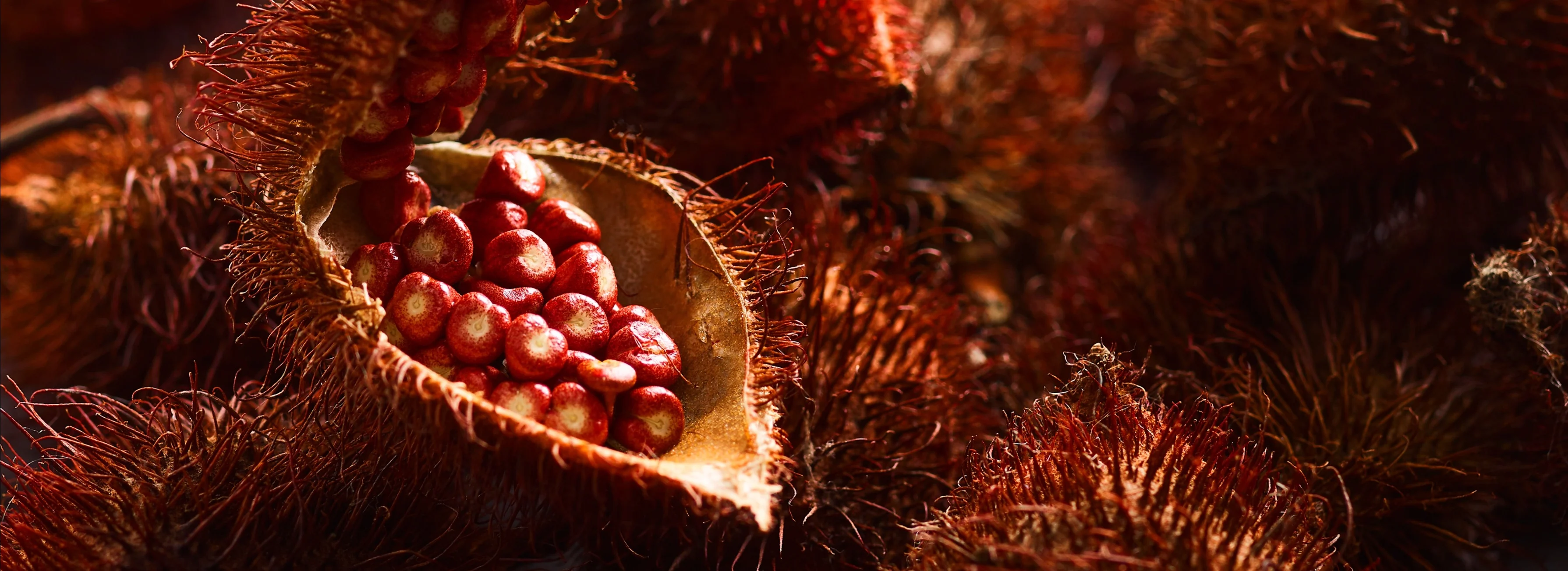Seen around the world | Oct 21. 2021 - 7:51AM
“Unicorn bread” color considerations
Developing a multi-color deli bread like this one from Mexico
Our expert
Diana Suarez Hernandez, B.Sc. Food Chemistry
Technical Project Leader
How did they make those beautiful shades?
The first thing we noticed is that the bread has four colors but lists six natural colors on the packaging, namely red beet, carrot, annatto, chlorophyll, curcumin, and natural blue color. Why use six colors to produce four shades? It’s likely part marketing and part food science.
Red: Red beet is a highly recognizable, and thus highly desirable, color ingredient. However, the high baking temperature will damage the betanin pigment. Perhaps Pan Fiiller added high-strength annatto to boost the shade and protect against poor betanin performance.
Green: Chlorophyll by itself typically produces a more blueish green. Curcumin is a cost effective yellow pigment that can brighten the shade to leaf green. Our guess is the green is a chlorophyll/ curcumin blend.
Yellow: Carrot will typically provide a nice warm yellow like this, but perhaps it is actually a carrot/annatto blend to achieve boost the vibrant shade.
Blue: This shade could have been produced with huito. If huito is not legal in your market, you may be able to achieve a similar effect with a blend of spirulina and a reddish pigment like high strength annatto. Like red beet, spirulina is not bake stable although it can be used in some sponge cakes. Successful execution using spirulina will ultimately depend on your baking parameters of heat and temperature.
Pan Fiiller has demonstrated quite some expertise in this new product development from a color perspective. Their marketing department has taken advantage of the chance to promote the “no artificial colors” claim, as well as show illustrations of red beet, carrot, annatto, green plants, and turmeric.
Orchestrating production
To make a product like this, the facility needs to be of a certain size. Very large bakeries with manufacturing lines filling an entire hall will be challenged to produce a product like this. Likewise, very small manufacturers with fewer than five manufacturing lines wouldn’t be able to produce it either. Each of the five doughs needs to be mixed and kneaded on its own. The production genius is in how they manage to swirl the five colors and form them for baking.
This must be a fun product to make, but it certainly requires extra time and effort. We think there are a lot of kids and parents who think it was well worth it!
In our "Seen around the world" series, we showcase inspirational products from a color perspective. The manufacturers may or may not be our customers; We analyze the products from our general knowledge and never disclose any private information specific to a product.

